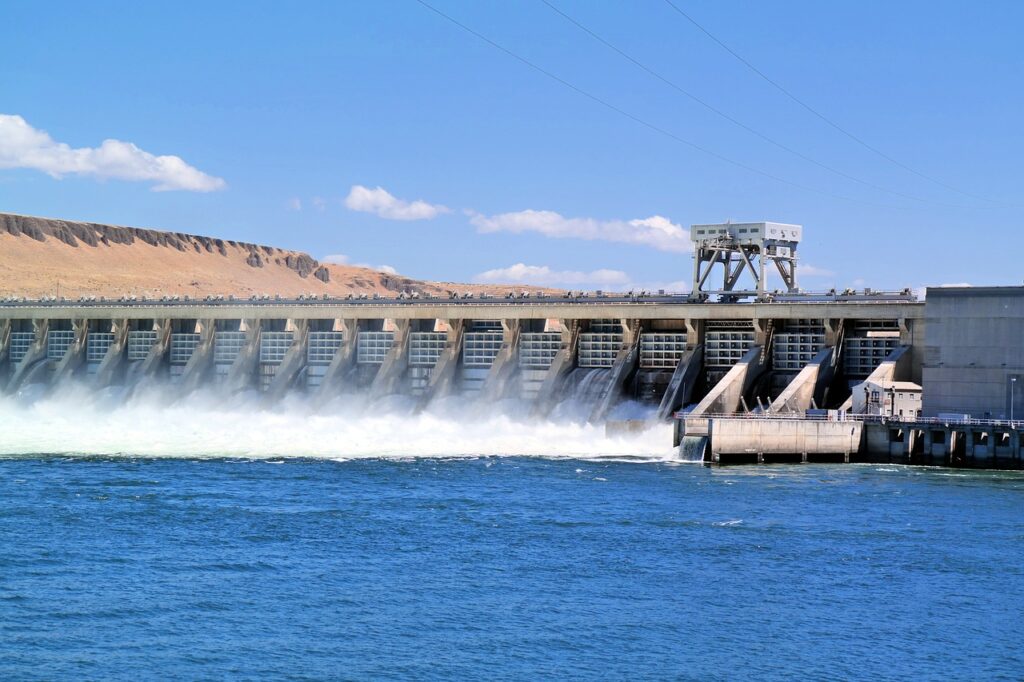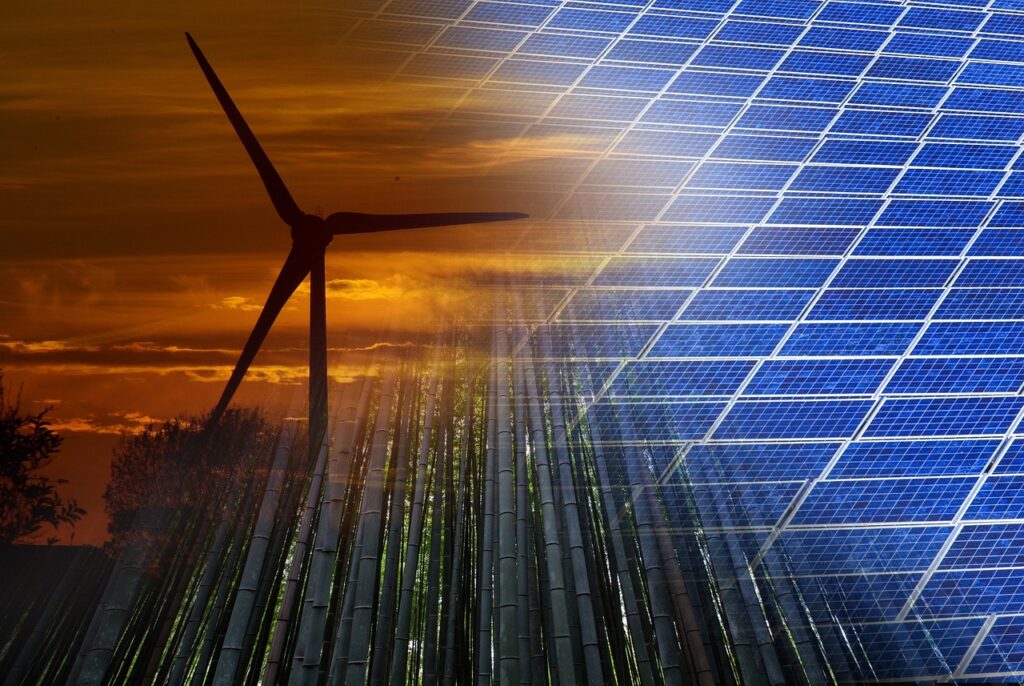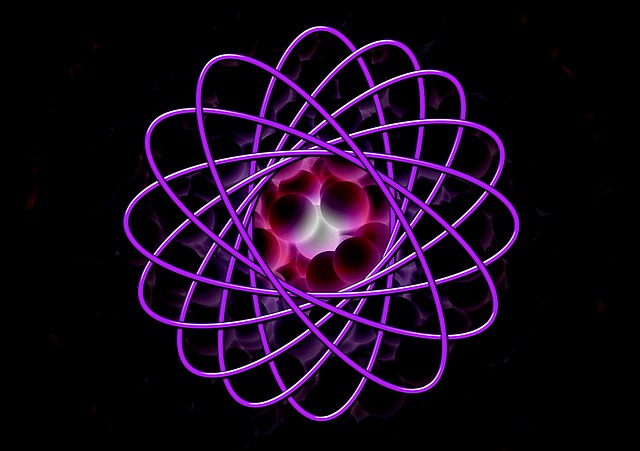Potential Energy is the Energy of Change
In the realm of physics, potential energy is the energy that lies dormant, hidden within objects and substances, waiting to transform and shape the world around us. This unseen force, a cornerstone of our physical universe, plays a pivotal role in everything from the simple act of throwing a ball to the complex interactions within atoms. Understanding potential energy is not just about grasping a scientific concept; it’s about unlocking the secrets of energy transformation that drive the universe.
The Essence of Potential Energy
Understanding the Basics
Potential energy, often described as the “energy of position,” is the stored energy an object possesses due to its position relative to other objects or its original shape. Unlike kinetic energy – the energy of motion – potential energy is the energy that has the potential to convert into other forms but is not currently doing so.
Forms of Potential Energy
- Gravitational Potential Energy: This type of potential energy is due to an object’s position relative to the Earth, influenced by the force of gravity.
- Elastic Potential Energy: Found in objects like rubber bands, this energy is stored when materials return to their original shape after being stretched or compressed.
- Chemical Potential Energy: Present in the bonds of chemical substances, this form of energy is released during chemical reactions, as seen in batteries or food.
Potential Energy in Everyday Life
Everyday examples abound. A book on a shelf, water behind a dam, and even a drawn bow all possess potential energy due to their positions or states.

The Transformation of Energy
From Potential to Kinetic
Potential energy is the energy that becomes kinetic when the conditions are right. For instance, when a ball held high is dropped, its gravitational potential energy transforms into kinetic energy as it falls.
The Conservation of Energy
In the universe, energy cannot be created or destroyed, only transformed. Potential energy and kinetic energy often interchange, but the total amount of energy remains constant.
Frequently Asked Questions
What is the difference between potential and kinetic energy?
Potential energy is the energy stored in an object due to its position or state, while kinetic energy is the energy of motion.
How is gravitational potential energy calculated?
It is calculated using the formula: Gravitational potential energy = mass of the object * height * acceleration due to gravity.
Can potential energy be converted into other forms of energy?
Yes, potential energy can transform into various forms, such as kinetic, thermal, or light energy, depending on the circumstances.
Conclusion
Understanding potential energy is energy that underpins so many phenomena in our world is not just a scientific endeavor; it’s a journey into the heart of how things work. Thus, from the gravitational energy that binds us to the Earth to the elastic potential energy in everyday objects, this concept helps us understand the unseen forces that shape our lives.
The Interplay of Forces and Potential Energy

Gravitational Energy: The Force of Gravity at Work
Gravitational potential energy is intimately tied to the force of gravity. In fact, this form of energy depends on the mass of the object and its height above the ground. Therefore the more massive the object or the higher it is, the more gravitational energy it stores. Furthermore, this energy is pivotal in phenomena like tides, influenced by the moon’s gravitational pull, and the potential energy stored in a roller coaster as it climbs to its peak.
Elastic Potential Energy: Beyond Rubber Bands
While elastic potential energy is commonly associated with rubber bands, it’s a concept that extends to any material returning to its original shape. This energy is fundamental in various applications, from the simple mechanics of a slingshot to the complex engineering of bridges that flex under load.
Chemical Potential Energy: The Invisible Power
Chemical potential energy resides in the bonds between atoms and molecules. It’s the energy that fuels our bodies, powers our cars, and drives countless industrial processes. When these bonds break or form, energy is released or absorbed, leading to a multitude of chemical reactions that are essential for life and technology.
Potential Energy in Modern Technology

Harnessing Energy for Progress
Potential energy is the energy source behind many modern technologies. For example, hydroelectric dams convert the potential energy of stored water into electrical energy. Similarly, the potential energy in fossil fuels is transformed into mechanical energy in internal combustion engines.
Renewable Energy Sources
Renewable energy sources, such as solar and wind power, often rely on the conversion of potential energy. Solar panels, for instance, capture the potential energy of sunlight, transforming it into electrical energy.
The Concept of Work and Potential Energy
Doing Work: The Key to Unlocking Energy
In physics, “work” refers to the process of transferring energy. When force is applied to move an object, work is done, and potential energy can be released or stored. The amount of work done is directly related to how much potential energy is transferred.
Much Potential Energy, Much Work
The relationship between work and potential energy is a key principle in understanding mechanical systems. For instance, lifting an object against gravity requires work, which is stored as gravitational potential energy.
Potential Energy in the Natural World
Natural Phenomena Driven by Potential Energy
Potential energy is not just a human-made concept; it’s a fundamental part of natural processes. For instance, the potential energy of water vapor drives the water cycle, leading to rain and snow. Similarly, the gravitational potential energy of tectonic plates results in geological formations and phenomena like earthquakes.
Conclusion
In summary, potential energy is the energy that lies unseen but is ever-present in both the natural world and human-made systems. Its ability to transform into other forms of energy makes it a cornerstone of physics, essential for understanding the universe’s workings and harnessing its power for technological advancements.
Exploring the Various Forms of Potential Energy

Gravitational Potential Energy: A Universal Force
Potential energy is the energy stored due to an object’s position relative to the surface of the Earth. This form of energy is fundamental in astronomy and planetary science. It explains not just why objects fall to the ground but also the orbital motions of planets and moons.
Elastic Potential Energy: The Science of Deformation
Elastic potential energy, stored when materials like rubber bands are stretched or compressed, is crucial in understanding materials science. Hence, it explains how materials behave under stress and how they can return to their original shape, a property vital in fields ranging from construction to medicine.
Chemical Potential Energy: The Energy of Bonds
Chemical potential energy, stored in the bonds of atoms and molecules, is the driving force behind biological processes and industrial chemical reactions. This form of potential energy is what powers living organisms, from the cellular processes in our bodies to the growth of plants.
The Role of Potential Energy in Everyday Life
From Simple Tools to Complex Machines
Potential energy is the energy that makes many everyday tools and machines work. For example, the potential energy in a compressed spring powers clocks and watches. In sports, the potential energy stored in a bent bow is transferred to the arrow, propelling it forward.
The Impact on Transportation
In transportation, potential energy plays a vital role. The stored energy in fuel (chemical potential energy) is converted into kinetic energy, powering vehicles. Similarly, electric vehicles store electrical potential energy in batteries, which is then converted to mechanical energy.
Potential Energy and Environmental Considerations

The Shift to Sustainable Energy Sources
The concept of potential energy is central to the shift towards more sustainable energy sources. Renewable sources like wind, solar, and hydroelectric power rely on converting natural potential energy (wind, sunlight, water) into usable energy forms without the harmful emissions associated with fossil fuels.
Energy Storage Solutions
Advancements in energy storage technologies, such as batteries and pumped hydro storage, are all about efficiently storing and releasing potential energy. These technologies are key to making renewable energy sources more reliable and widespread.
The Future of Potential Energy Applications
Innovations in Energy Utilization
The future holds exciting possibilities for the application of potential energy in energy concepts. Innovations in materials science, for example, could lead to more efficient ways of storing and releasing energy, opening new frontiers in technology and engineering.
Potential Energy in Space Exploration
In space exploration, understanding and harnessing potential energy is crucial for developing new propulsion systems and energy sources that could fuel long-duration space missions.
Conclusion
Potential energy, often overshadowed by its more dynamic counterpart kinetic energy, is nonetheless a fundamental aspect of our universe. From powering the smallest gadgets to driving the largest machines, from shaping the natural world to fueling technological innovation, potential energy is the energy that holds the key to both understanding and shaping our world.
The Intricate Balance of Potential and Kinetic Energy
The Dance of Energy Forms
In the universe, potential energy is the energy of possibility, constantly ready to transform into kinetic energy, the energy of motion. This intricate balance and transformation are seen in everything from the swinging of a pendulum to the orbits of celestial bodies. Understanding this balance is not just key to physics but to appreciating the dynamic nature of the universe.
Energy Conversion in Mechanical Systems
In mechanical systems, the conversion between potential and kinetic energy is a fundamental principle. For instance, in a clock, the potential energy in the wound spring is gradually converted into the kinetic energy that moves the hands. This principle applies to various mechanical devices, from engines to turbines.
Potential Energy in Scientific Research and Education

A Tool for Discovery
Potential energy is the energy that is often harnessed in scientific research. In particle physics, for example, understanding the potential energy within atomic and subatomic particles helps in unlocking the mysteries of matter and the fundamental forces of nature.
Educating the Next Generation
In education, teaching potential energy concepts is crucial for students to understand the principles of physics and engineering. It lays the foundation for future innovations and technological advancements.
The Role of Potential Energy in Sustainable Development
Driving Green Technologies
As the world moves towards sustainable development, potential energy is the energy that is increasingly being tapped into. Technologies like regenerative braking systems in electric vehicles convert kinetic energy back into potential energy (electrical energy), enhancing efficiency.
Potential Energy in Eco-friendly Designs
Architects and engineers are also incorporating the concept of potential energy into eco-friendly designs. For example, strategically placed windows and skylights in buildings can maximize the use of natural light (solar energy), reducing the need for artificial lighting.
Potential Energy in Art and Culture
A Source of Inspiration
The concept of potential energy transcends science, inspiring artists and writers. In literature and film, the idea of stored energy waiting to be unleashed has been a metaphor for human emotions and creativity.
The Ethical Implications of Energy Use
The Responsibility of Harnessing Energy
As we exploit various forms of potential energy, there’s an ethical responsibility to consider the environmental and social impacts. Sustainable and equitable energy use is crucial for the well-being of future generations.
Conclusion: Embracing the Potential Within
Potential energy is the energy that reminds us of the untapped possibilities and the inherent power within the ordinary. It teaches us about balance, transformation, and the interconnectedness of all things. From the gravitational pull that anchors us to the earth to the nuclear forces that bind atoms, potential energy is a silent yet omnipresent force. It shapes our understanding of the physical world and drives innovation.
As we continue to explore and harness this fundamental aspect of energy, we open doors to a future of endless possibilities. A future where energy is not just a resource but a bridge to a more sustainable, efficient, and enlightened way of living.
Recent Posts
Understanding Energy and Electricity: The Power For Progress
Energy and Electricity Energy and electricity are integral components of modern life, powering everything from homes and businesses to transportation and communication. Without them, the...
The Future of Wind Energy The future of wind energy is set to play a critical role in addressing global energy needs while combating climate change. As renewable energy sources like wind and...


